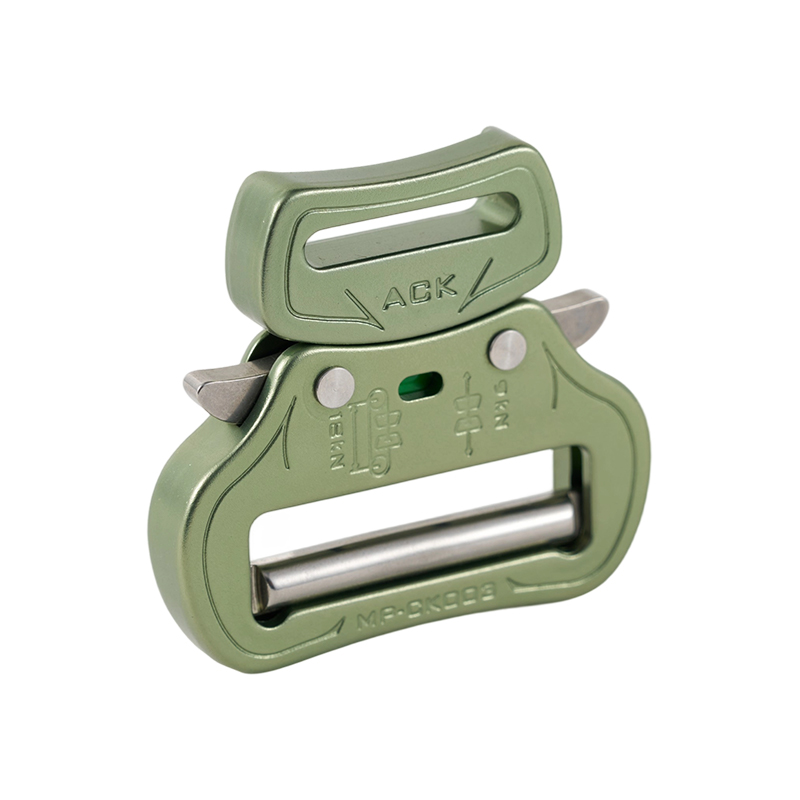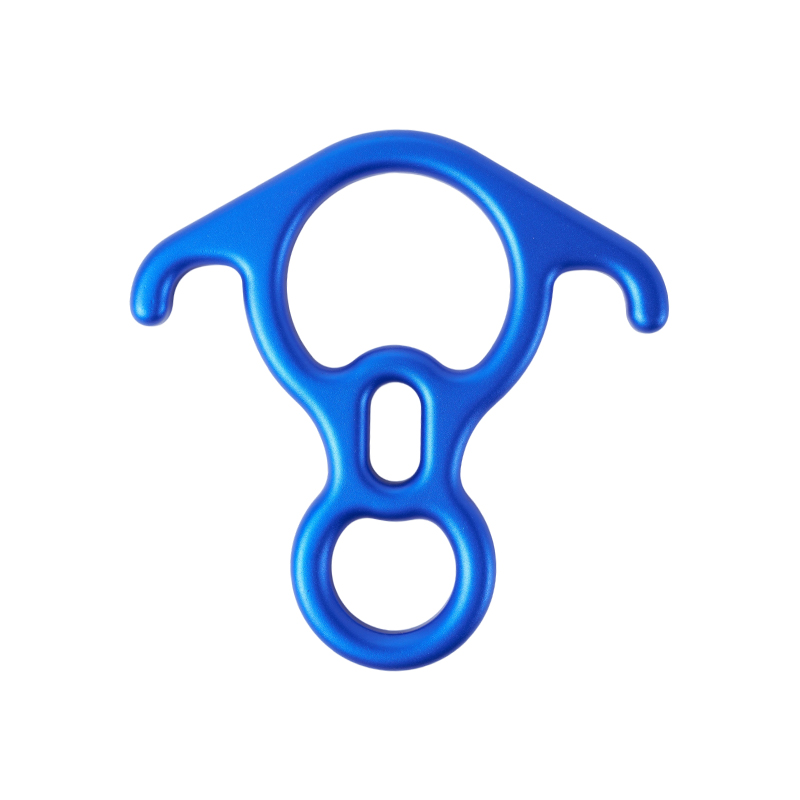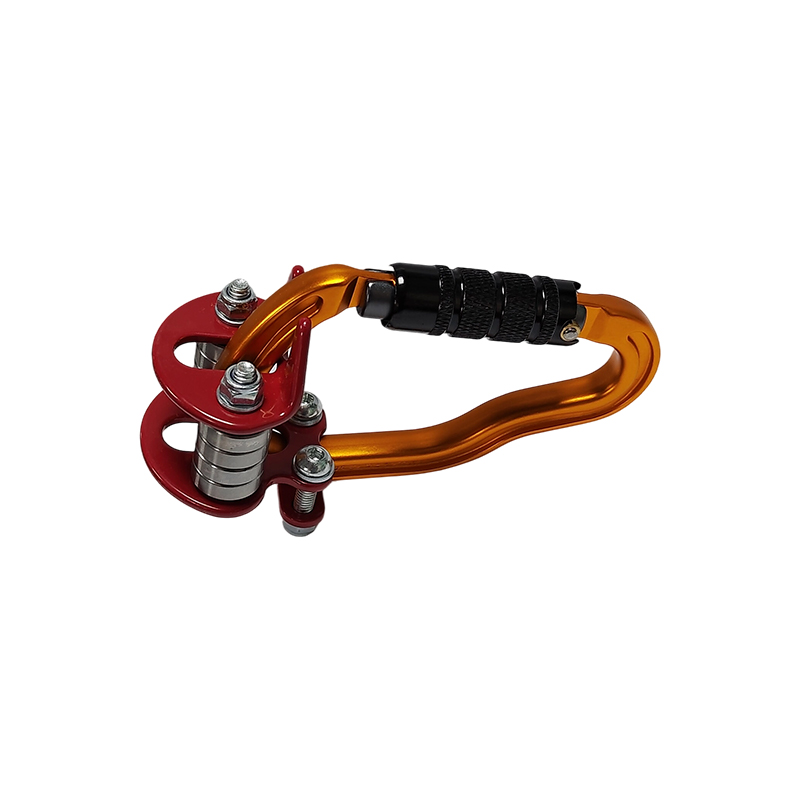The manufacturing of climbing carabiners is a systematic process involving material selection, design and development, production and processing, and rigorous testing to ensure the highest level of product safety and reliability. The following is a detailed introduction:
Material Selection
High-strength aluminum alloys or stainless steel are typically used. Aluminum alloys, such as 7075 aluminum alloy, offer lightweight, high strength, and corrosion resistance, meeting the requirements for rock climbing carabiners while maintaining strength and reducing weight. Stainless steel offers greater corrosion and wear resistance, making it suitable for environments requiring extreme weather resistance.
Design and Development
The design must comply with relevant safety standards, such as EN 12275. Consider the shape of the carabiner, such as pear or D-shaped, to effectively distribute the load. Furthermore, the design of the locking mechanism is crucial, ensuring it will not accidentally open when stressed and allowing for easy one-handed operation.
Manufacturing and Processing
1. Forging: Generally, there are two methods: cold forging and hot forging. Hot forging involves heating the aluminum alloy to approximately 427°C and forging the material into the desired shape through a mold. This increases the internal surface area of the buckle and reduces friction with the rope. Cold forging, on the other hand, involves bending the aluminum alloy rod into the buckle shape using tremendous mechanical force at room temperature. Even with sufficient pressure, this method can achieve excellent performance.
2. Heat Treatment: After forging, the buckle is typically heat treated. For example, it is first heat-treated at 482°C for two hours to remove impurities from the alloy, followed by quenching in water. A further heat treatment is then performed at 121°C for 24 hours to remove any deposits and enhance its strength.
3. Polishing: After heat treatment, the buckle is polished to create a smooth surface, enhancing comfort and reducing wear on the rope.
4. Surface Treatment: Anodizing is a common treatment, which creates a hard aluminum oxide film on the buckle surface, enhancing corrosion and wear resistance. Dyeing is also possible to give the buckle a variety of colors.
Quality Inspection
1. Static Tensile Strength Test: A specified static load is applied to the carabiner to test for deformation or cracking. Different carabiner types have different strength requirements.
2. Shear Strength Test: This tests the carabiner's strength under lateral load to ensure it does not fail when applied in an off-axis direction.
3. Locking Function Test: This verifies the effectiveness of the locking mechanism under unexpected shock or vibration to ensure it does not accidentally open.
4. Fatigue Test: This simulates repeated use of the carabiner to ensure it maintains its strength and reliability over long-term use.
Certification and Marking
Climbing carabiners are considered personal protective equipment and must comply with the EU's Personal Protective Equipment Directive (PPE Regulation, EU 2016/425) and be CE certified. After passing relevant testing and review, the manufacturer must sign an EU Declaration of Conformity and affix the CE mark to the product before it can be marketed.

 English
English











